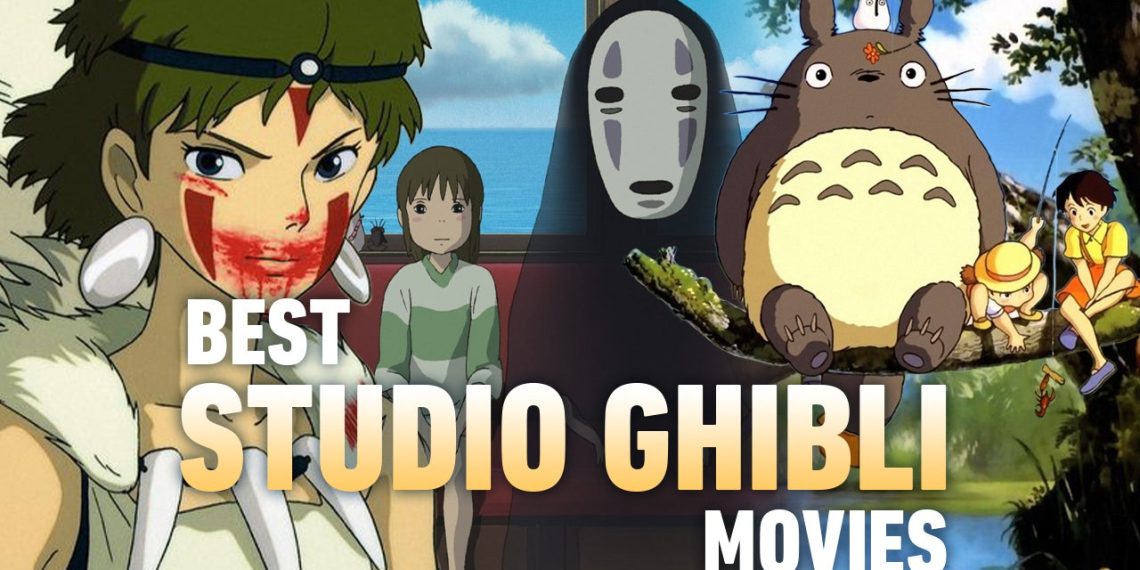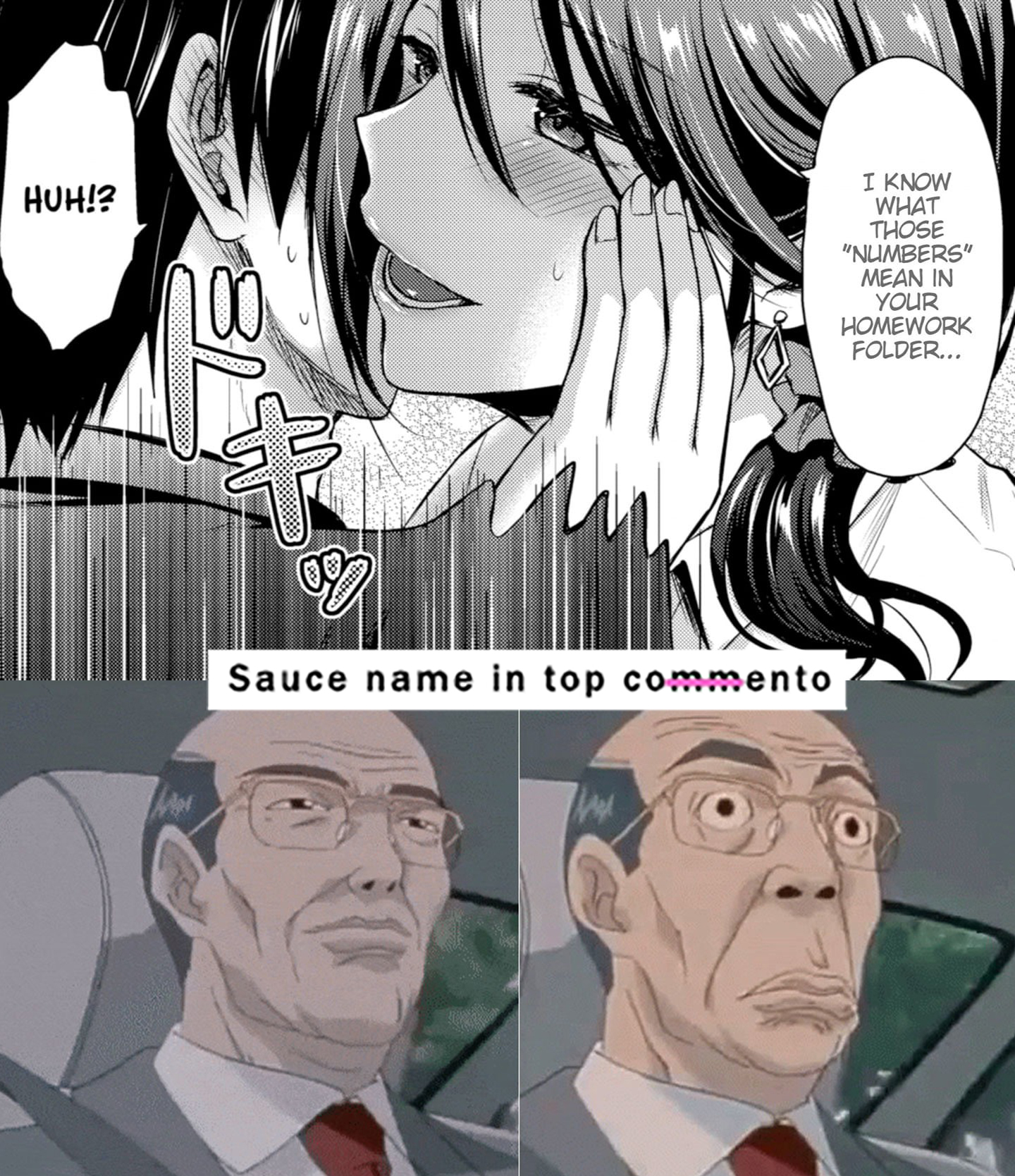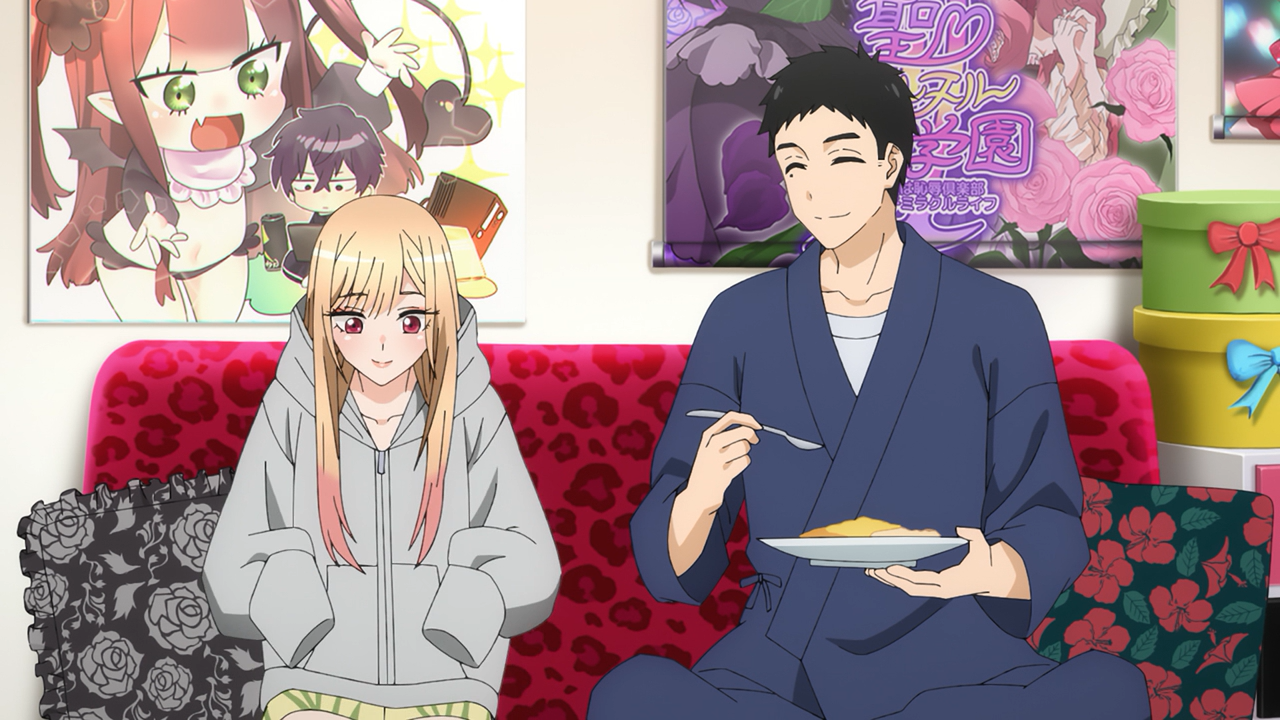Studio Ghibli has earned worldwide acclaim for its beautiful and surreal films, establishing itself as a benchmark for family-oriented animation since its inception in 1985.
The studio’s repertoire, encompassing works by its esteemed founder Hayao Miyazaki, and other talented directors, stands as some of the most influential in the history of Japanese animation. Ghibli’s name has become synonymous with whimsical and otherworldly adventures that catch fans of all ages.
The majority of Ghibli’s protagonists are youthful characters embarking on journeys through paranormal realms, blending fun and lighthearted storytelling with underlying existential themes.
These imaginative narratives are enthralling for younger viewers while offering depth and substance for older audiences. Ghibli movies strike the perfect balance, providing family-friendly entertainment that appeals to all.
However, not every Ghibli film follows the cheerful tone of “Ponyo” or “My Neighbor Totoro.” Some venture into darker territory, finding profound themes and concepts that may not be suitable for children. These haunting narratives showcase the studio’s willingness to tackle complex ideas and add depth to their storytelling.
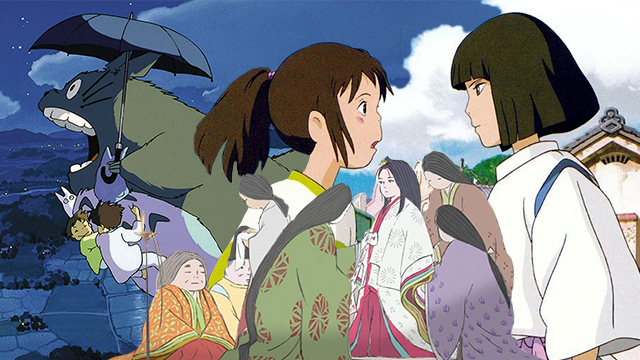
About Studio Ghibli
Studio Ghibli, Inc. is headquartered in Koganei, Tokyo, and holds a prominent position in the animation industry. The studio has diversified its portfolio to encompass various media formats, including short films, television commercials, and two television productions.
Their creations have garnered widespread acclaim from audiences and have been honored with numerous awards. One of their most iconic symbols is Totoro, the beloved character from the 1988 film “My Neighbor Totoro,” depicted as a large spirit drawing inspiration from tanukis and cats.
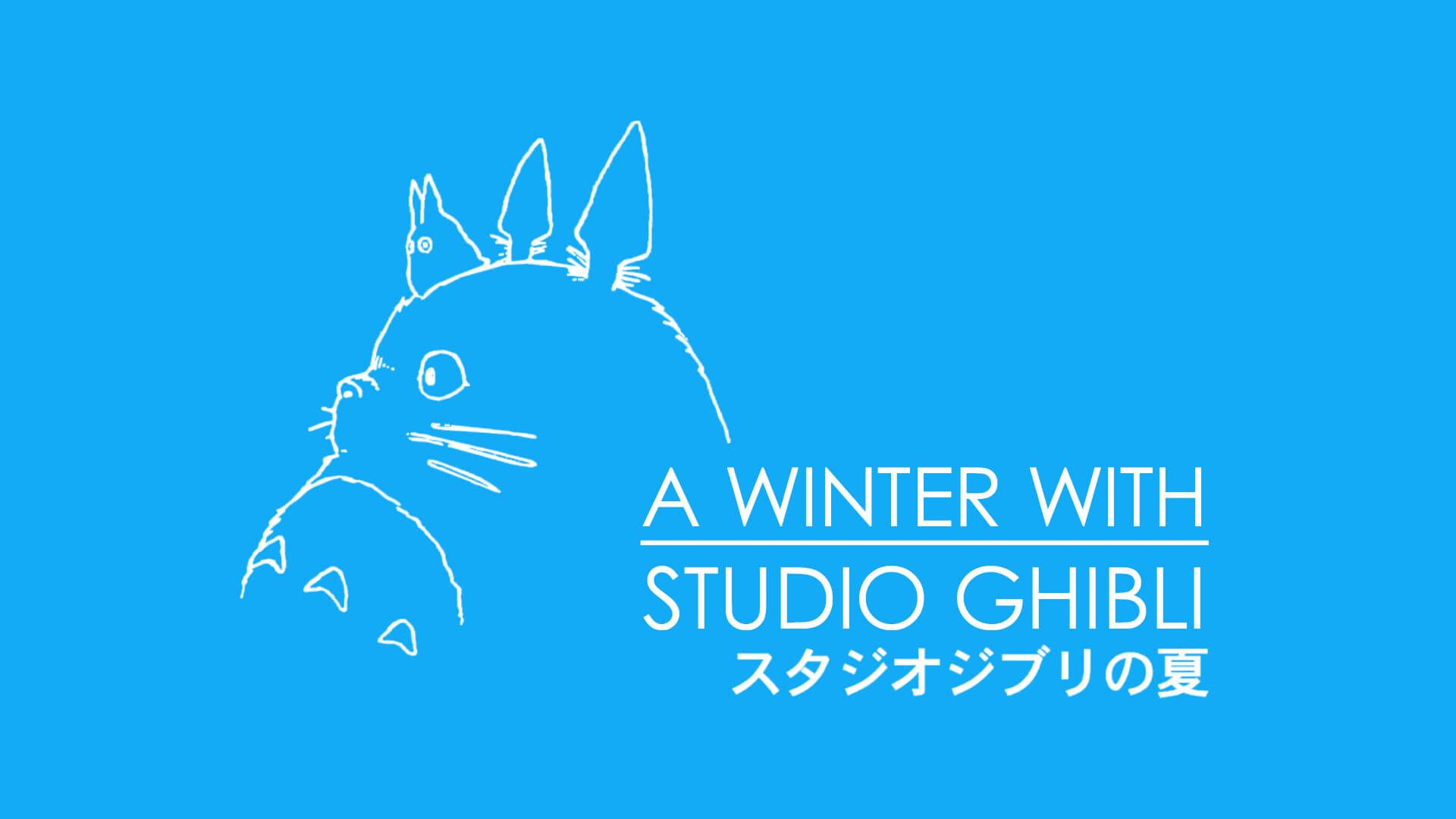
Top 10 Darkest Studio Ghibli Films
10. Spirited Away: Some Disturbing Imagery and Themes
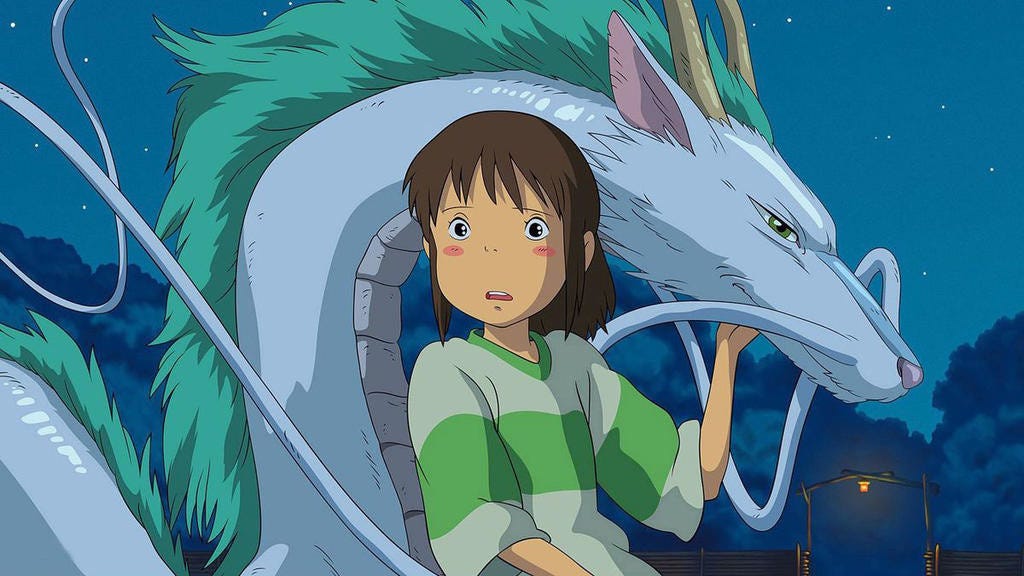
Spirited Away, often hailed as Ghibli’s most renowned and accessible film, may not be as light-hearted as some might expect. Chihiro’s journey into the world of kami is undeniably thrilling, but certain imagery in the film leaves a lasting impression due to its eerie nature.
The spirit realm portrayed in the movie carries a somber, almost unsettling aesthetic, and several scenes, including Chihiro’s parents transforming into pigs and No-Face’s metamorphosis, are genuinely chilling.
Over time, fans who have delved into the film’s deeper meanings have speculated on some unsettling yet intriguing theories, suggesting hidden references to themes like prostitution and human trafficking, further adding to the dark allure of Ghibli’s iconic masterpiece.
9. Howl’s Moving Castle: A Love Story With a Number of Dark Twists
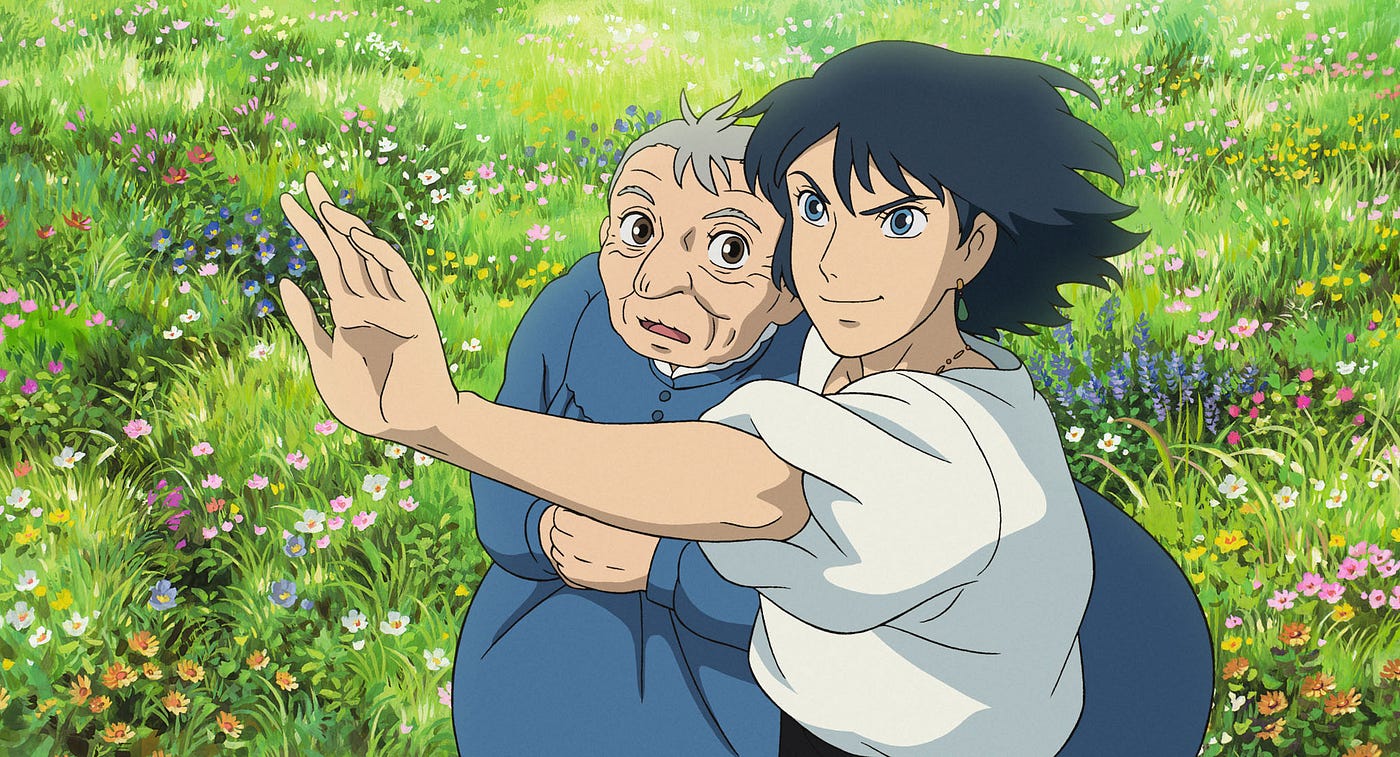
Howl’s Moving Castle unfolds as a poignant love story against the backdrop of a breathtaking fantasy world, embodying the whimsical and uplifting essence typical of Ghibli’s work.
However, the film also confronts viewers with unexpectedly weighty themes, including the ravages of war, struggles with self-identity, and the loss of personal autonomy.
Furthermore, akin to many Ghibli films intended for mature audiences, Howl’s Moving Castle skillfully employs unsettling and even horror-inspired imagery.
Each appearance of the Witch of the Waste effectively instills a sense of unease, while moments such as Howl’s involvement in the war or Madame Suliman’s sinister magical illusions disrupt the film’s otherwise cheerful ambiance.
8. Nausicaä of the Valley of the Wind: About Real-World Issues
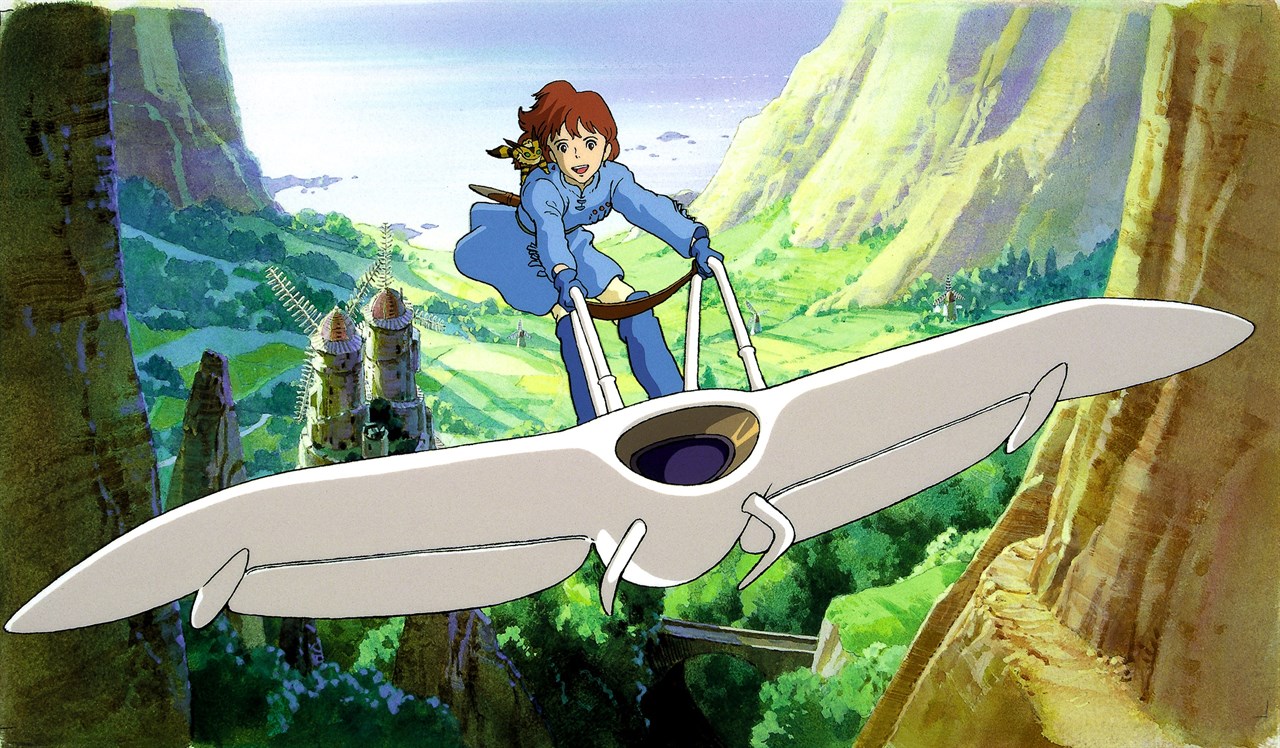
Although released prior to the establishment of Ghibli, Hayao Miyazaki’s ‘Nausicaä of the Valley of the Wind’ remains a staple in the studio’s filmography, recognized as one of the director’s most somber works.
The film paints a bleak picture of a post-apocalyptic world ravaged by humanity’s relentless pursuit of technological advancement and find of the planet’s resources.
The unsettling atmosphere of ‘Nausicaä’ is most apparent in its desolate setting, serving as a stark reminder of the consequences of war and environmental degradation.
Despite the story ultimately culminating in a hopeful resolution for the Valley of the Wind’s princess, the film’s underlying themes of anti-war and environmental conservation resonate deeply, urging audiences to confront pressing real-world issues.
7. Porco Rosso: Not Lighthearted
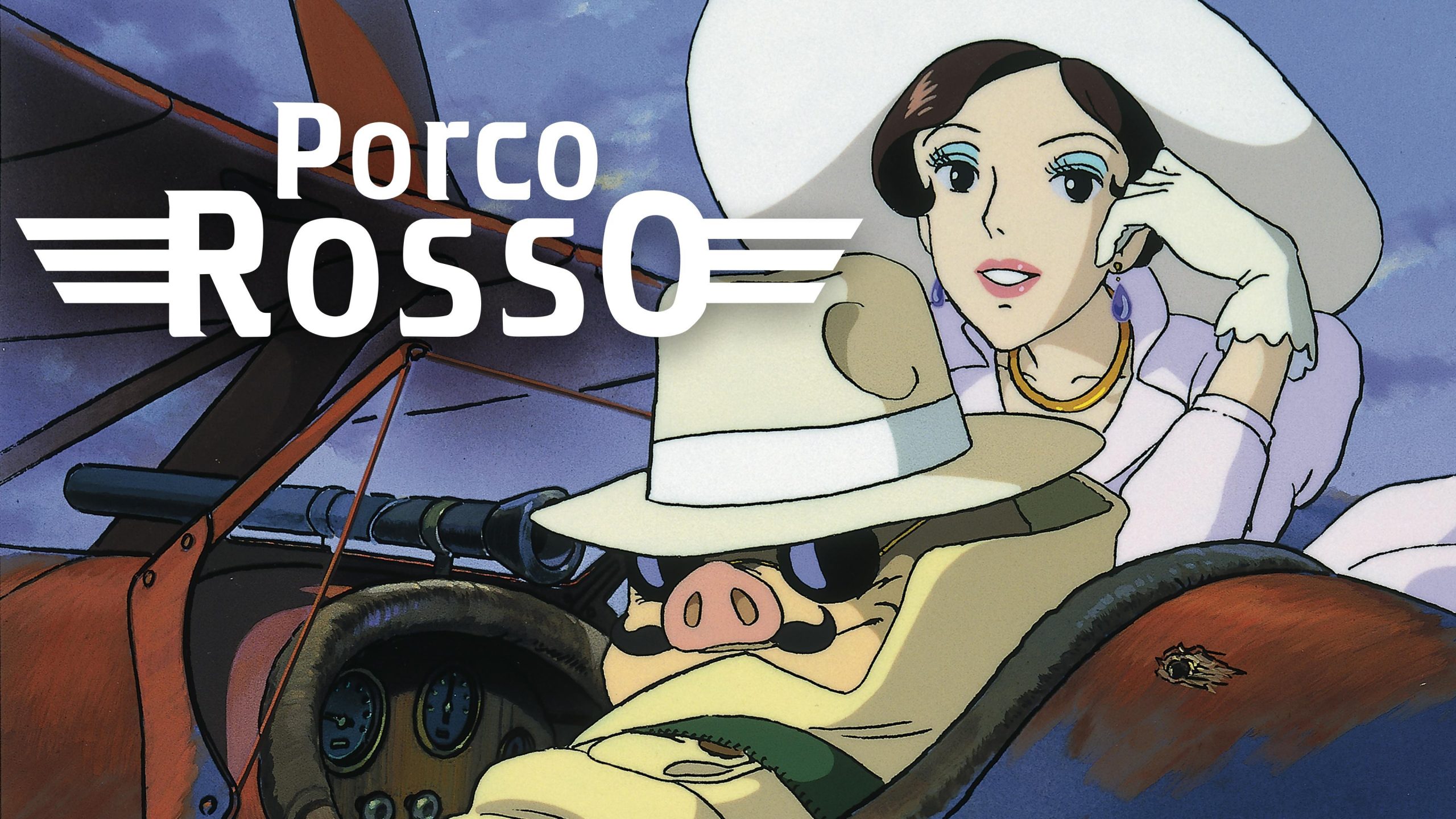
Miyazaki’s ‘Porco Rosso’ offers a unique blend of realism and fantasy, following the tale of a former World War I ace pilot turned sky-bound bounty hunter cursed to take on the form of an anthropomorphic pig, adopting the film’s titular alias.
While paying homage to classic wartime adventure films, ‘Porco Rosso’ brims with exhilarating action and a sense of joy.
However, beneath its surface lies a deeper investigation of grim subject matter, despite maintaining an overall light-hearted tone. ‘Porco Rosso’ serves as a stark warning against fascism, while also cautioning viewers about the dangers of violent ideologies masquerading as whimsical tales of adventure
6. Tales From Earthsea: Experiments With Dark Fantasy Tropes
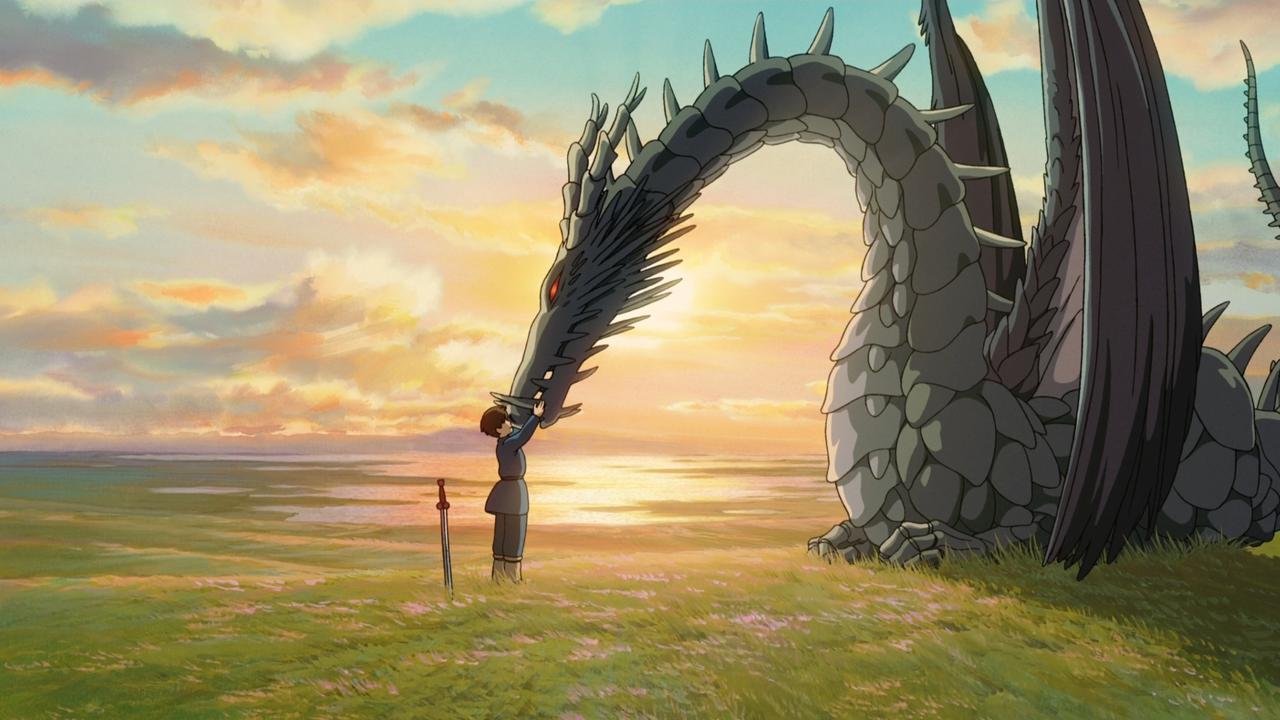
While not among Ghibli’s most revered works, ‘Tales From Earthsea’ stands out for its willingness to deviate from the studio’s usual fare. Despite being often criticized by fans, the film’s research of unconventional settings and themes is noteworthy.
Set in a war-torn Medieval world reminiscent of series like Berserk or Claymore, ‘Tales From Earthsea’ fully embraces the darker aspects of the fantasy genre. From themes of slavery and warfare to the portrayal of societal ruin, the movie delves deep into the grim traditions of dark fantasy narratives, although it may not fully realize the potential of its ambitious setting.
5. When Marnie Was There Is a Sorrowful Meditation on Grief
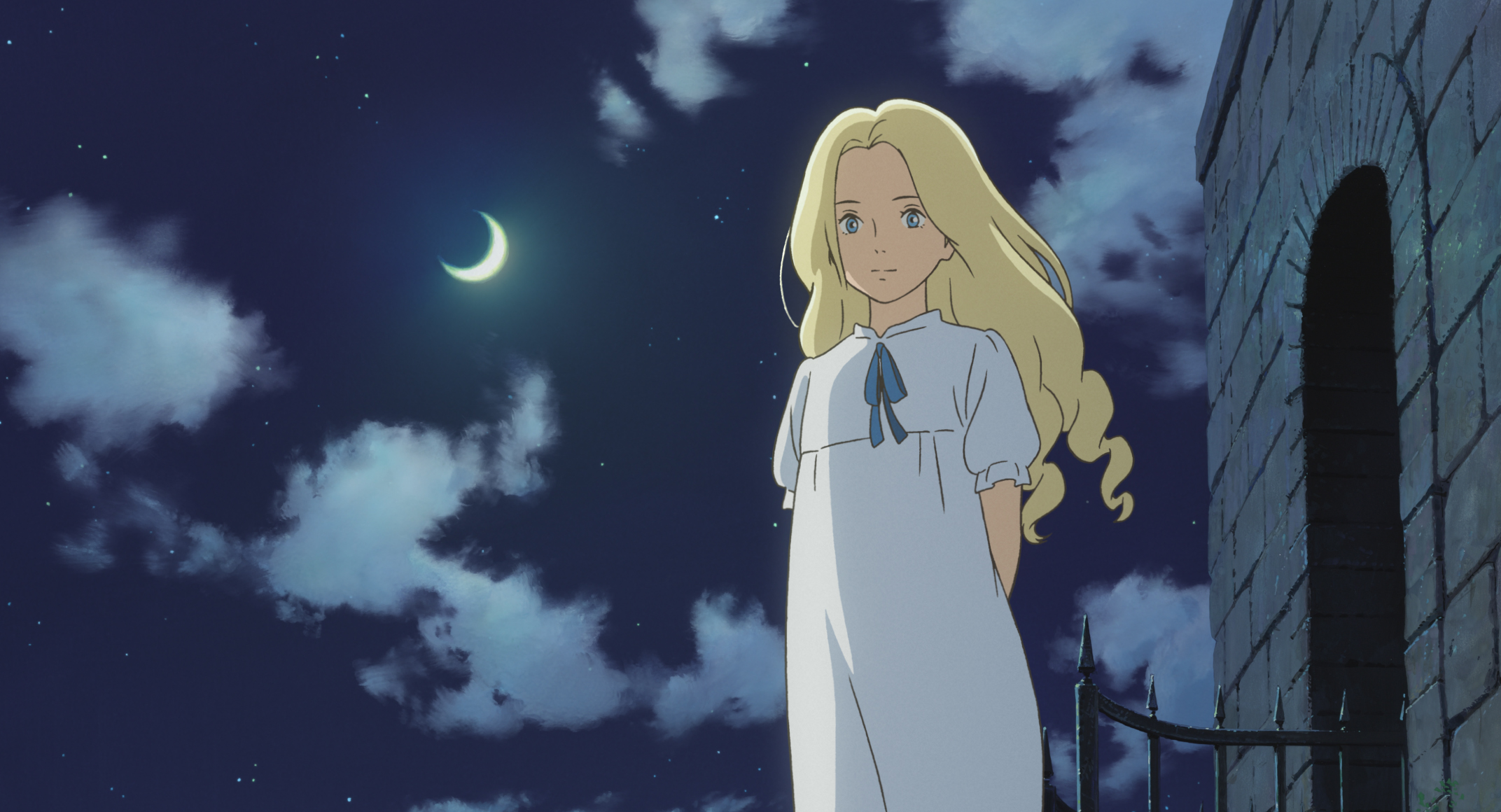
Though visually restrained in comparison to some of Ghibli’s other works, ‘When Marnie Was There’ delves into darker thematic territory. Centered around Anna, a fragile and uncertain girl who relocates to a remote seaside town, the film finds her bond with Marnie, a mysterious girl residing in an abandoned mansion.
Their poignant friendship is tinged with the inevitability of loss, as Marnie is eventually revealed to be Anna’s deceased grandmother, who had cared for her as an orphan before her passing. Despite grappling with themes of grief, loneliness, and fractured family connections, ‘When Marnie Was There’ ultimately offers a bittersweet narrative that carries a message of hope.”
4. The Wind Rises: Story Set in a Turbulent Historical Period
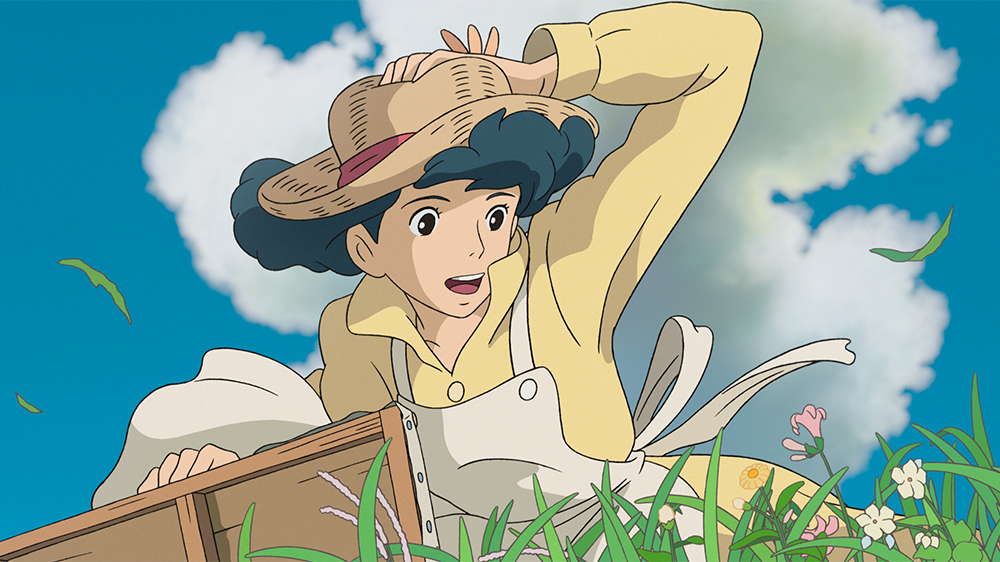
Among all of Ghibli’s films, ‘The Wind Rises’ emerges as a narrative deeply anchored in real-world events. It traces the journey of Jiro Horikoshi, an esteemed aviation engineer from the World War II era.
Given its historical backdrop, the film grapples with a multitude of somber realities, many of which are directly tied to Jiro’s professional endeavors.
Jiro’s fervent passion for aircraft design inevitably becomes entwined with the machinery of war and its destructive consequences, casting a somber shadow over both him and the audience.
Beyond the weighty implications of Jiro’s role as a fighter engineer, ‘The Wind Rises’ also exposes viewers to other harrowing experiences from his life. These include a tragic romance marred by his lover’s illness and the devastating aftermath of the Great Kanto Earthquake of 1923, which Jiro witnesses firsthand.
3. The Boy and the Heron: Thematically and Surreal Visually
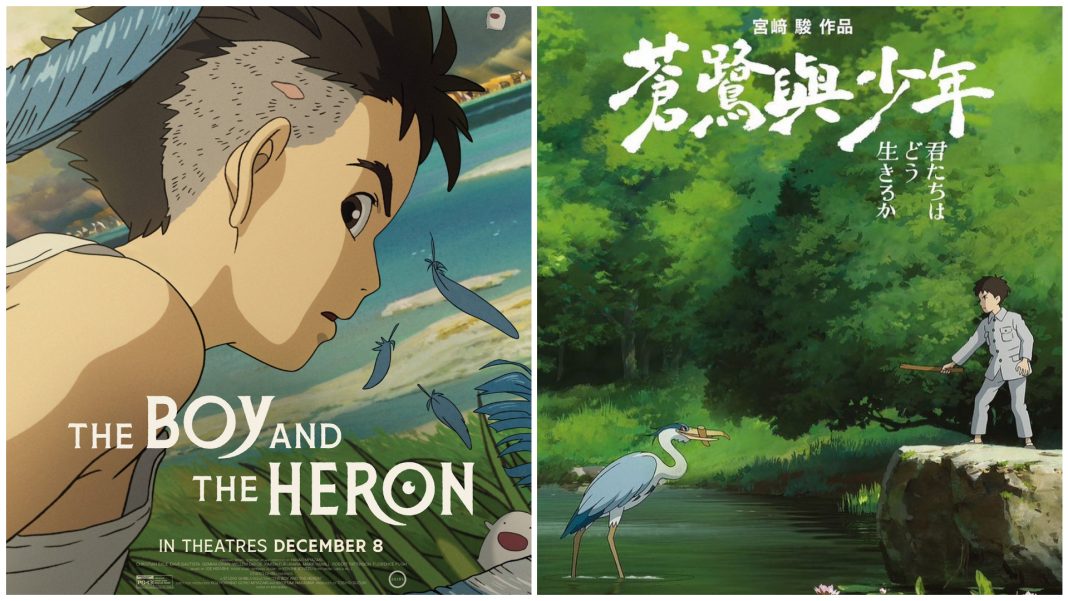
In what many deem as Hayao Miyazaki’s latest masterpiece, ‘The Boy and the Heron’ boldly embraces dark thematic elements while delving into deeply personal narratives of legacy and loss – themes often associated with the renowned director’s presumed final feature.
Centered around a young boy named Mahito finding an eerie parallel realm, the film serves as an expansive and surreal research of accepting reality, even in its darkest manifestations.
Beyond its weighty themes, ‘The Boy and the Heron’ showcases Miyazaki’s prowess in crafting visually yet unsettling worlds. With its unsettling character designs, notably the enigmatic Heron, and a penchant for avant-garde aesthetics, the film offers a cinematic experience that is simultaneously beautiful and haunting.
2. Princess Mononoke: Graphically Violent and Conceptually Heavy
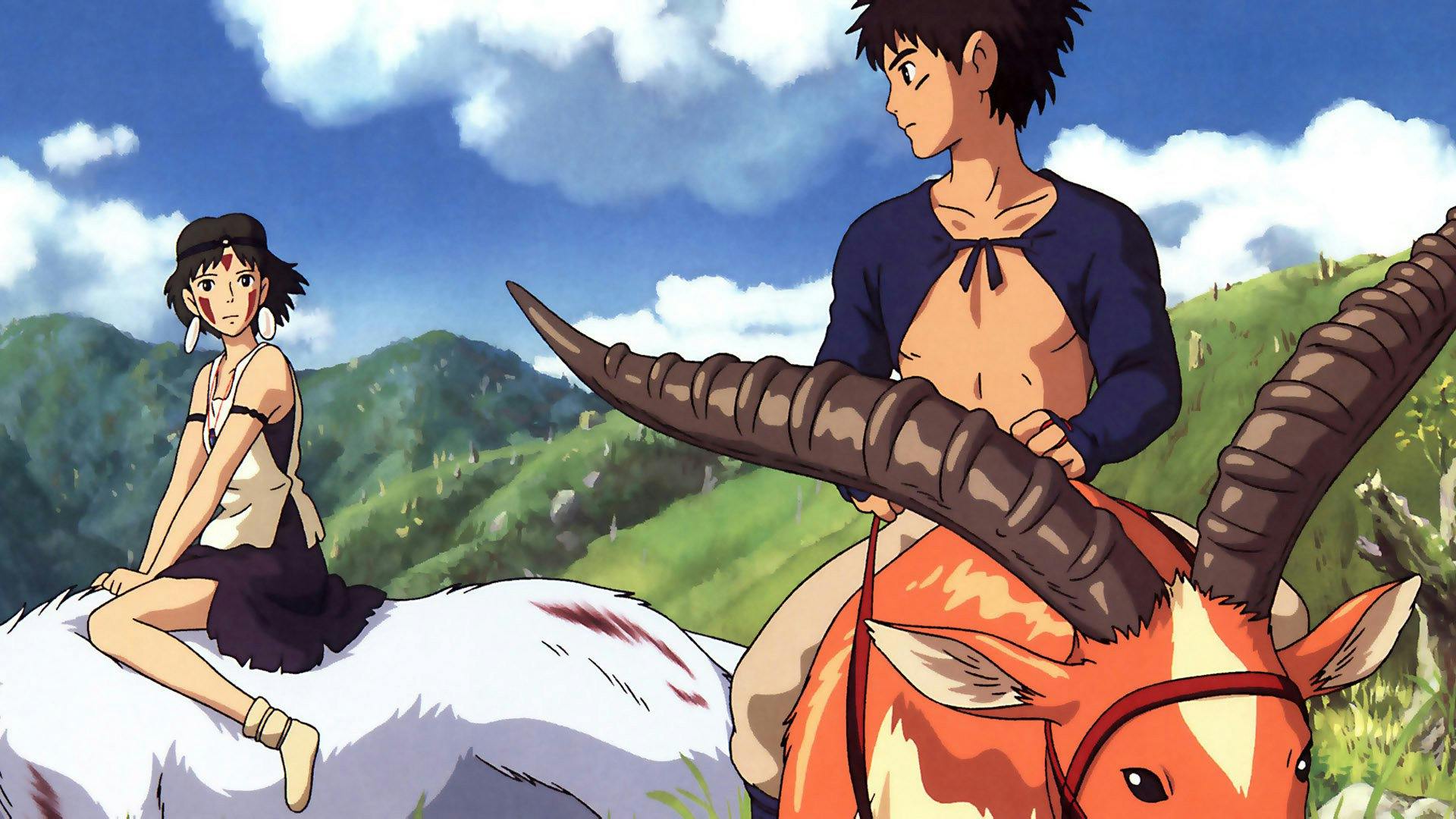
In terms of visual intensity, Princess Mononoke stands out as Ghibli’s most graphically intense film, featuring scenes of raw violence that may be deemed unsuitable for younger viewers. At its core, the movie delves into a mature and intricate conflict between humanity’s relentless pursuit of natural resources and the preservation of the environment.
Prince Ashitaka’s journey unfolds amidst a backdrop of turmoil, beginning with a deadly curse inflicted by a corrupted god. From there, the narrative escalates, offering little respite for the audience.
Thematically profound and visually arresting, Princess Mononoke utilizes its unsettling imagery to underscore the central themes present in many Ghibli tales — the importance of harmonious coexistence with nature and the potential consequences of humanity’s investigation of the environment.
1. Grave of the Fireflies: One of the Darkest Anime Movies Ever Made

Ghibli’s Grave of the Fireflies, released in 1988, stands apart from the studio’s usual whimsical adventures. Instead, it presents a stark and tragic war drama that follows the journey of two siblings, Seita and Setsuko, as they find the devastation of World War II in Japan’s countryside, struggling desperately to survive.
A sobering investigation of war’s brutal realities, the film unflinchingly depicts the hardships endured by its protagonists, from illness and starvation to the cruelty of fellow humans, ultimately leading to their tragic demise. Despite its departure from Ghibli’s typical style, Grave of the Fireflies remains one of the studio’s most profound and impactful works.

